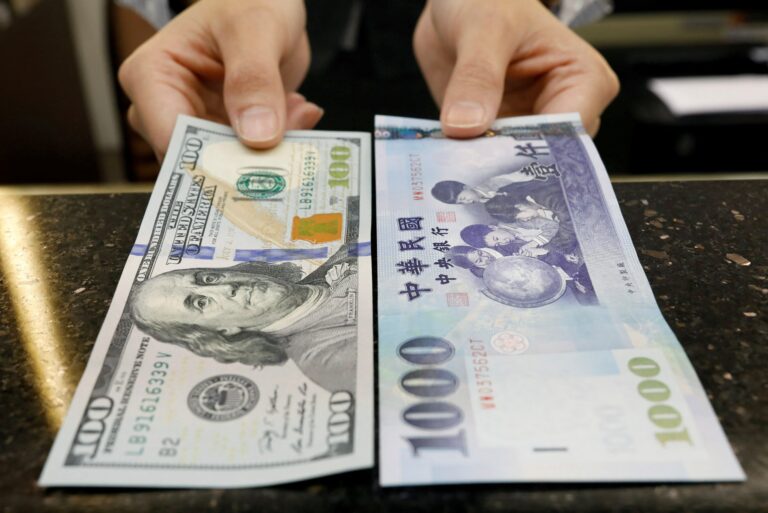Taiwan Dollar Soars to Three-Year High as Investors Scramble to Hedge US Exposure
The Taiwan dollar has reached three-year highs following unprecedented gains, driven primarily by insurance firms, pension funds, and other investors rapidly repatriating or hedging their US dollar assets. Analysts predict that billions of dollars in hedging or repatriation by Taiwanese life insurance companies alone could further strengthen the Taiwan dollar.

This significant shift reflects a broader trend among global investors unwinding their massive US dollar holdings amid uncertainty caused by US President Donald Trump’s trade policies. For years, investors in low-yielding markets like Taiwan relied on the stability and high yields of dollar-denominated assets, as well as the potential for additional returns due to currency depreciation. However, the current environment is prompting a reassessment of these investment strategies.
Khoon Goh, head of Asia research at ANZ, estimates that Taiwanese life insurance companies hold approximately $682 billion in foreign assets, primarily in US fixed income securities. However, the exact amount being sold or repatriated remains uncertain. UBS analysts note that Taiwan’s net international investment position stands at 165% of its gross domestic product, significantly higher than the 0% average for other emerging Asian economies.
The hedging strategies of these insurance companies vary. Namik Immelback, chief strategist at SEB Research, estimates that of the $700 billion in foreign assets held by Taiwanese life insurers, only about 70% ($490 billion) is currently hedged. HSBC analysts reported that the average currency hedge ratio for Taiwanese life insurance companies was just under 60% as of last December.
The three-month US dollar/Taiwan dollar non-deliverable forward, a key metric for hedging, recently fell to its most negative level in 17 years. This indicates that investors are heavily betting on further appreciation of the Taiwan dollar.
The latest developments underscore the significant impact of global investors’ shifting strategies on currency markets, particularly in regions with historically low-yielding currencies like Taiwan.


